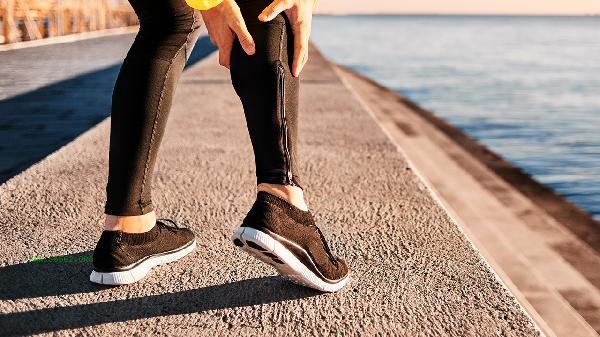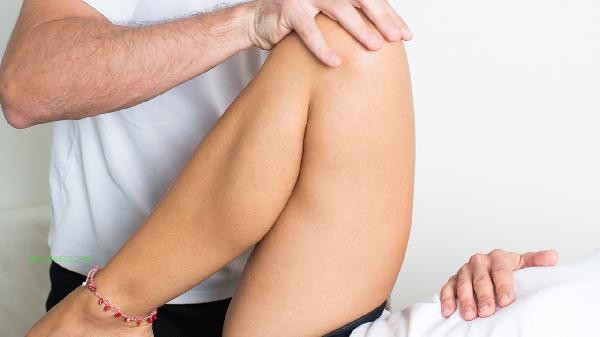Dumbbell bending bird mainly exercises the posterior deltoid muscle, middle and lower trapezius muscle, rhombus muscle, and infraspinatus muscle groups in the back, while also stimulating the long head of the triceps. This movement strengthens the upper back muscles and lines by horizontally abduction of the shoulder joint, improving the round shoulder posture.

1. Posterior deltoid muscle bundle
The core target muscle group of dumbbell bending bird is the posterior deltoid muscle bundle. When the arms are extended to both sides, the horizontal abduction of the shoulder joint mainly relies on the contraction of the posterior deltoid muscle to exert force. Long term practice can enhance the thickness of the muscles behind the shoulders and improve the problem of shoulder forward tilt caused by prolonged sitting. During the movement, it is necessary to maintain a slight flexion of the elbow to avoid excessive locking of the joint.
2. Lower middle part of trapezius muscle
Maintaining trunk stability in a bent posture requires continuous force from the lower middle part of the trapezius muscle. This muscle group is responsible for scapular adduction and compression, and can effectively control the speed of dumbbell descent during the centrifugal phase of bird movements. Strengthening these muscles can help alleviate shoulder and neck pain caused by desk work and improve upper limb coordination.
3. The rhombus muscle
located between the scapula is significantly involved in peak contraction during movement. When the arms are extended parallel to the trunk, the rhombus muscle cooperates with the trapezius muscle to complete scapular adduction, which plays an important role in correcting hunchback posture. During training, it is important to avoid shrugging to compensate and maintain a stable sinking of the scapula. 4. As an important component of the rotator cuff muscle group, the infraspinatus muscle plays a role in stabilizing external rotation of the shoulder joint during bird movements. The strengthening of this muscle can prevent acromion impingement syndrome, especially suitable for fitness enthusiasts who require frequent upper limb movements. During movements, weight should be controlled to avoid excessive weight and focus on muscle control rather than weight-bearing.

5. Although not the main target muscle group, when the elbow joint maintains a fixed angle, the long head of the triceps muscle participates as a coordinating muscle to exert force. This indirect stimulation helps to improve the endurance of the muscles behind the arm, and has an auxiliary effect on improving the performance of exercises that require push movements.
It is recommended to choose a moderate weight when bending dumbbells over birds, with 12-15 exhaustion tests per group, and 2-3 training sessions per week. Maintain a neutral position of the spine throughout the entire movement, tighten the core to avoid lumbar compensation. Combining chest muscle stretching after training can balance muscle development and prevent rounded shoulders. Middle aged and elderly practitioners can use a sitting posture to lower back pressure, and postpartum women need to gradually join this training after core functions have recovered. Attention: If there is shoulder joint bounce or pain during training, stop immediately and consult a professional rehabilitation therapist.









Comments (0)
Leave a Comment
No comments yet
Be the first to share your thoughts!